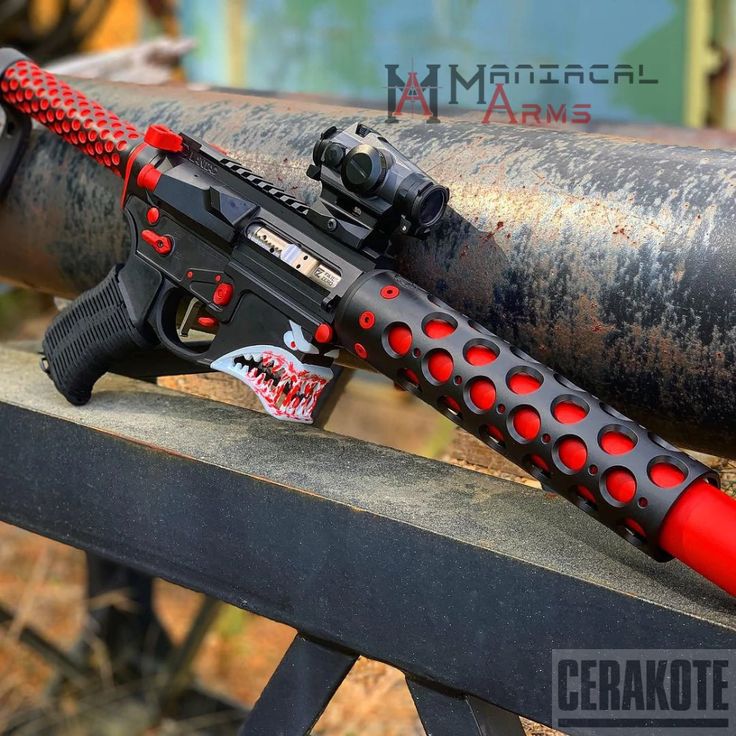Why Fashion Eyewear Feels So Cheap: Inside Costs, Shortcuts, and Smart Buying
Overview: Why Fashion Eyewear Can Be So Cheap
Fashion eyewear can be priced low because manufacturers leverage inexpensive materials, streamlined production, bulk purchasing, and automated processes to cut per-unit costs. Retail pricing also reflects branding and marketing choices-some labels push volume with low margins while others add heavy markups to signal prestige [1] . Understanding the inputs behind frames and lenses helps you separate genuine value from mere low price.
The Real Cost Drivers Behind Cheap Frames
1) Materials and Design Simplicity
Frame and lens materials are the single biggest early driver of cost. Lower-cost acetates, basic metals, and simpler hinge hardware typically reduce unit cost, while premium titanium, high-grade acetate, and advanced lens materials raise it. Simple, minimalist designs are faster to cut, polish, and assemble-requiring fewer steps and less specialized tooling-so they often retail cheaper without necessarily sacrificing everyday usability [1] . In practice, a mass-market acetate frame with standard hinges can be produced at a fraction of the cost of a hand-finished titanium frame with complex geometry. If you mainly want a style refresh and plan to replace frames seasonally, choosing simpler materials and designs can be a rational way to save.
2) Automation and Streamlined Production
Automated cutting, milling, and finishing help factories scale output and lower labor per pair. Even when machinery demands significant upfront investment, high-volume runs spread those fixed costs across many units, dropping the cost-per-frame substantially. Automated processes also tighten tolerances and reduce rework-both of which lower costs over time [1] . For fashion eyewear lines built around fast-moving styles, this combination-automation plus volume-often explains surprisingly low retail prices.
3) Bulk Purchasing and Supplier Negotiation
Manufacturers that buy acetate sheets, metal stock, lens blanks, and hardware in large quantities can secure discounts, negotiate favorable payment terms, and lock pricing to manage volatility. Consolidated supplier agreements and just-in-time practices further limit storage costs and waste. These operational savings often flow through to lower consumer prices on fashion-forward collections where speed and volume matter most [2] .
4) Overhead Allocation and Cost-of-Manufacturing Discipline
Factories that rigorously track rent, utilities, staffing, machine utilization, and hourly output can calculate precise cost-per-unit and identify bottlenecks. A disciplined cost-of-manufacturing (CM) approach-allocating monthly operating costs across machines, working hours, and target output-lets producers tune pricing and keep entry-level fashion frames affordable without eroding margins [3] . That’s why two similar-looking frames can have very different prices: some makers know exactly where they’re saving and pass a portion to you.
Why Some Brands Charge More-Even for Similar Looks
Brand positioning and marketing spend can significantly affect shelf price. Well-established labels may embed higher marketing, retail, and distribution costs into the final tag, while value-driven brands keep margins lean to scale volume. The style may look similar on the rack, but the pricing strategy behind it differs, which is why a comparable silhouette can be either budget-friendly or premium-priced in different stores [1] . Overhead, such as showroom rent and visual merchandising, also filters into retail pricing models, especially in high-traffic urban locations [4] .
Hidden Trade-offs: How “Cheap” Can Cost You Later
1) The Cost of Poor Quality
Cutting corners on materials, hinge hardware, or assembly can lead to faster loosening, misalignment, or breakage-raising the total cost of ownership as you repair or replace frames more often. In manufacturing, the “cost of poor quality” can comprise a surprisingly large share of business costs when defects aren’t prevented early. Producers who invest in quality control often lower returns and improve durability, which can justify a slightly higher initial price for consumers [5] .

Source: emergingrnleader.com
2) Assembly and Fit Precision
Even affordable frames can perform well if lens fitting and alignment are done properly. Skilled assembly and the right machinery are essential to ensure lenses sit square and optical centers align. If manufacturing or lab steps skimp here, you may experience discomfort or need early adjustments. Brands that maintain tighter process control in lens fitting, alignment, and finishing typically deliver better comfort and longevity-even at modest prices [4] .
How to Identify Real Value in Fashion Eyewear
Step-by-Step Buying Checklist
- Check materials and hinges: Look for acetate or metal frames with solid, smoothly articulating hinges. Ask about hinge type and screw quality. Simpler designs can still be durable when hardware is decent [1] .
- Ask how lenses are fitted: Request basic details on lens alignment and finishing practices. Proper assembly and inspection help prevent discomfort and reduce returns [4] .
- Inspect QC policies: Favor retailers or brands that emphasize quality checks and offer adjustments. Upfront QA reduces downstream “cost of poor quality” for you [5] .
- Balance brand vs. build: Consider whether you’re paying for marketing or for materials and workmanship. Comparable looks can vary widely in price due to brand strategy rather than build differences [1] .
When Cheaper Makes Sense
Choosing budget frames can be practical for backup pairs, seasonal style swaps, or low-risk fashion experiments. If you wear contacts most days or use blue-light-only lenses for screen time, an inexpensive but solidly built frame may be all you need. Just make sure the retailer offers adjustments and basic aftercare to prolong lifespan [5] .
Behind the Scenes: How Manufacturers Keep Prices Low
1) Precise Cost Modeling
Manufacturers lower prices sustainably by calculating cost per pair with a formal CM approach: apportioning monthly operating expenses by machine counts, working days, hours, and target hourly output. This reveals where to optimize: tooling changes, machine scheduling, or training to lift throughput. The output is a defensible unit cost, enabling competitive pricing without sacrificing margins [3] .
2) Operations and Inventory Efficiencies
Bulk buys, consolidated suppliers, advanced order scheduling, and just-in-time inventory help reduce cash tied up in stock and minimize waste. Negotiated terms and price lock-ins can buffer raw material swings, providing predictable input costs that translate to stable consumer pricing, especially for fashion drops with quick sell-through targets [2] .
3) Production Choices by Style Complexity
Complex sports or specialty frames often require more time due to lining, shaping, or multi-material bonding. Simpler fashion pieces avoid these steps, cutting touch-time and rework risk. Routing lower-complexity designs through streamlined lines is a common tactic to maintain affordability in trend-led capsules [3] .
Action Plan: Buy Smart, Spend Right
Use this practical process to secure stylish eyewear at a fair price.
- Define your use-case: Daily wear requires sturdier materials and hinges; occasional or seasonal use can prioritize style and weight over longevity [1] .
- Set a quality floor: Decide on hinge type and minimum material standard (e.g., acetate over thin plastics). Ask the retailer about their QC checks and adjustment policy [5] .
- Compare two tiers: Evaluate one budget and one mid-tier option of a similar style. Hold and flex the temples, test hinge motion, and check bridge comfort. The better feel often justifies a modest price step-up.
- Confirm aftercare: Opt for sellers that offer free or low-cost adjustments and screw tightening. This small service can add months to usable life [4] .
- Decide with total cost in mind: A slightly higher upfront price can be cheaper over a year if the frame holds shape, the hinges stay tight, and lenses were properly aligned to begin with [5] .
Key Takeaways
- Cheap fashion eyewear often reflects efficient materials, automation, bulk buying, and streamlined designs-not necessarily poor quality [1] .
- Retail price can be driven by brand strategy and overhead as much as by material and build differences [1] [4] .
- Quality control, assembly precision, and hinge hardware are the practical markers of value that affect long-term cost of ownership [5] [4] .
References
[2] FinModelsLab (2025). Eyewear manufacturing startup costs, materials sourcing, and savings levers.
[3] Eyewear Beyond (2024). Cost-of-manufacturing (CM) methodology and unit cost calculation for eyewear.

Source: digitalbloggers.com
[4] Timeless Glasses (2024). Components of eyeglass manufacturing costs and assembly considerations.
[5] PEL Eyewear (2017). The struggle between cost and quality and the cost of poor quality.


